Odds are, you probably don’t spend a whole lot of time in your crawlspace.
But if you find yourself sneezing, coughing or noticing a musty smell coming from an unknown source, it’s time to check out your crawlspace for contamination.
How Crawlspaces Become Contaminated
There are several ways your crawlspace may become contaminated:
- Insufficient Insulation
Over 1/3 of your indoor air rises up through the crawlspace. If the crawlspace is not properly insulated, expect to pay higher energy bills. Non-insulated spaces also tend to attract more insects, rodents and mold.
- Improper or Missing Vapor Barrier
Since vapor barriers protect from excess moisture and humidity, they significantly decrease the odds of mold growth. Vapor barriers also provide protection from insects and rodents, while keeping indoor temperatures more stable and comfortable.
- Excessive moisture, humidity, and/or water
- Condensation on plumbing pipes
- Insufficient vents and air circulation
- Rodent excrement, nests, or infestations
Signs of a Contaminated Crawlspace
When checking your crawlspace, look for these signs for what could result in potential contamination:
- Visual inspection for damaged or missing insulation, vents, or vapor barrier
- Damage to wooden joists, structural or support beams
- Rodent damage caused by chewing through electrical lines or insulation
- Standing pools of water
- Visible mold
- No encapsulation of a dirt floor crawlspace
Negative Effects of a Contaminated Crawlspace
As long as the crawlspace goes unchecked or stays as is, the odds of contamination increase.
Here are some of the negative effects of a contaminated crawlspace:
Poor Air Quality
Since air from the crawlspace rises up and into your home, breathing in air particles containing dried rodent excrement or mold spores and mycotoxins on wooden beams, walls or the crawlspace ceiling can cause or aggravate existing health conditions such as asthma or allergies. The air can literally make you sick.
Higher Energy Costs
If your crawlspace lacks adequate insulation, you’re losing money every month on your heating and/or cooling bills. The furnace and air conditioner have to work longer and harder to keep your home comfortable due to conditioned air escaping through the crawlspace.
Structural Damage Inside the Home
If mold and water damage the ceiling of your crawlspace, it will eventually affect the integrity of your home’s subfloor and flooring above.
Additionally, damage to wooden support beams and posts compromise the very foundation of your home.
Rodent Damage
From using insulation for a nest to chewing through electrical wires to leaving behind urine and feces, critter proofing and protecting your crawlspace as much as possible helps keep rodent residency and destruction to a minimum.
Conclusion
To prevent the damage and negative impact of a contaminated crawlspace, take a look to see what’s going on down there.
If you spot problems with insulation, structure, water, mold, or any other potential contamination factors, don’t hesitate to bring in professionals.
To identify and eliminate contamination and restore your crawlspace to a clean, healthy condition, call the crawlspace cleanup experts at RCS to schedule an inspection today.

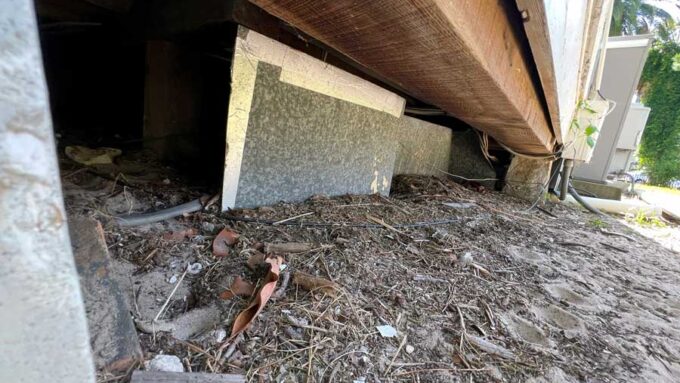
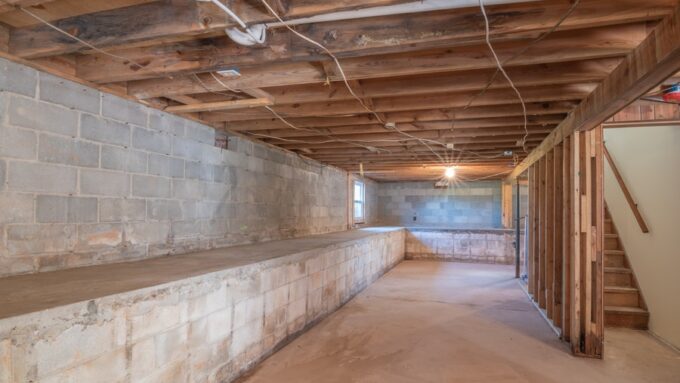
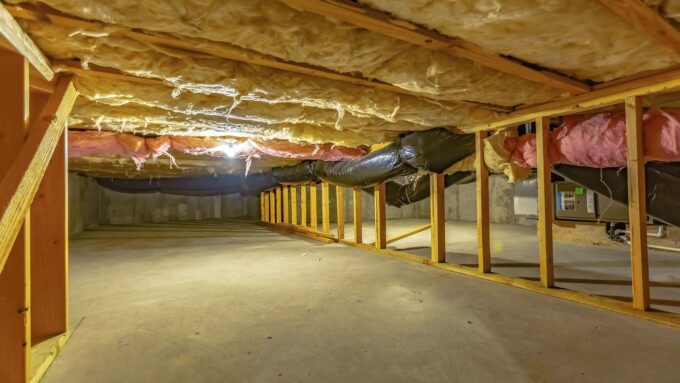
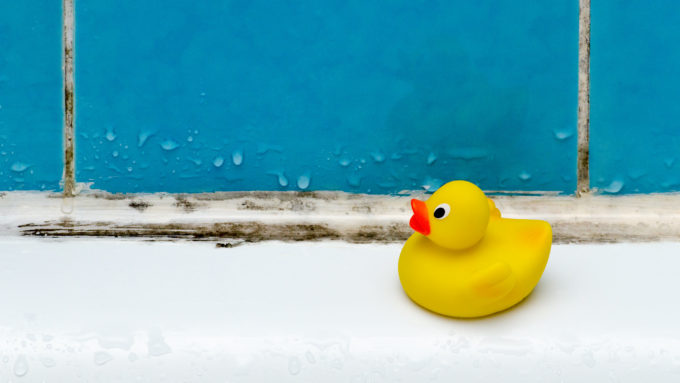
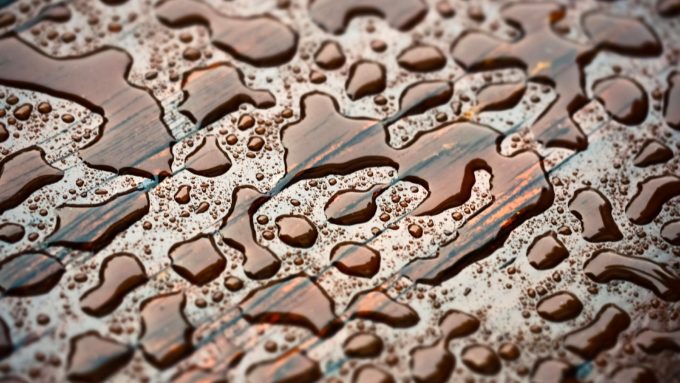
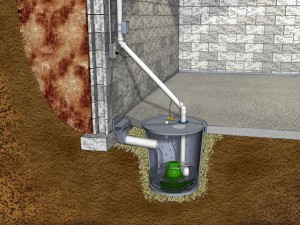 You can fill the space with concrete and install two sump pumps. Two sumps pumps are perfect for larger homes and you’ll have a backup if one of the pumps stop working. The concrete gets rid of mold, mildew, and moisture and it keep water from entering the space as long as the floor is properly graded. It is pretty much extra security. Keep in mind that the concrete is very pricey, and it will need a layer of stone underneath. You can sump pumps without concrete, but it is recommended to check with a local crawl space contractor before making a final decision.
You can fill the space with concrete and install two sump pumps. Two sumps pumps are perfect for larger homes and you’ll have a backup if one of the pumps stop working. The concrete gets rid of mold, mildew, and moisture and it keep water from entering the space as long as the floor is properly graded. It is pretty much extra security. Keep in mind that the concrete is very pricey, and it will need a layer of stone underneath. You can sump pumps without concrete, but it is recommended to check with a local crawl space contractor before making a final decision.
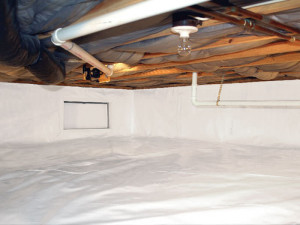 Ventilation is key to keeping your crawl space as dry as possible during winter months. First, a
Ventilation is key to keeping your crawl space as dry as possible during winter months. First, a